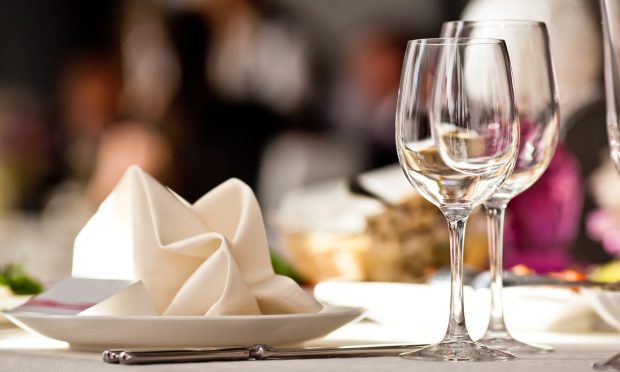Table-Service Restaurants at Crossroads Over Use of Aggregators

While demand for delivery remains high, many restaurants are now in the difficult position of choosing between providing consumers with the convenience they have come to expect and running a profitable business. With the return to dine-in and the continuing challenges of today’s labor market, some restaurants are now pulling back their online ordering options to focus on in-store customers, The Wall Street Journal reported Sunday (Nov. 28). Yet, as the emergence of new coronavirus variants causes an increase in contagion concerns, and as the arrival of winter makes outdoor dining less feasible, this shift in focus could prove short-sighted.
Darden Restaurants, parent company of a number of popular table-service brands including Olive Garden and Longhorn Steakhouse, as well as The Cheesecake Factory and Dine Brands, parent of Applebee’s and IHOP, were among those reported to be turning away from their digital off-premises ordering businesses to focus on dine-in. Additionally, some smaller, more local restaurant brands are doing the same.
“In that trade-off, we are always going to make sure that we’re serving the guests that are physically in front of us, because that experience has got to be right,” Dine Brands CEO John Peyton told the news outlet.
While this move may make sense for these restaurants for the time being, it runs counter to industry-wide trends, with consumers consuming an increasing number of their restaurant-purchased meals at home. Findings from PYMNTS’ How We Eat Playbook, created in collaboration with Carat from Fiserv, which featured a census-balanced survey of more than 5,200 U.S. adults, indicate that consumers now are 31% more likely to buy meals to be eaten at home than they are to dine at restaurants. It also found that nearly half of consumers are now ordering online for pickup more often than they were prior to the start of the pandemic, and 43% said the same of delivery.
See also: Up for Grabs: Restaurants and Grocers See Path to Picking up 200M New Customers
In the same vein, research from PYMNTS’ 2021 Restaurant Readiness Index, created in collaboration with Paytronix, finds that a significant share of table service restaurants’ sales — about a third — are either third-party aggregator sales, orders placed through restaurants’ direct online delivery ordering platforms, or delivery orders called in via phone.
Read more: QSRs’ Lagging Loyalty-Reward Investment Hurts Innovation and Sales
Additionally, restaurants’ highest value customers are those seeking out digital ordering at the highest rates. According to data from PYMNTS’ report, Digital Divide: Aggregators and High-Value Restaurant Customers, also created in collaboration with Paytronix, which surveyed a census-balanced panel of more than 2,100 U.S. consumers regarding their dining habits, found that restaurants’ highest spending, highest frequency customers are significantly more likely than other customers to order online through third-party aggregators. In fact, for table-service restaurants such as Applebee’s and Olive Garden, their highest-spending, highest-frequency customers are 157% percent more likely than the lowest-spending, lowest-frequency group.
Unfortunately for restaurants, research from the study found that the factors motivating these consumers to order from aggregators are exactly those which make the channel so costly for restaurants. Nearly half of all the highest value customers ordering from restaurants’ direct channels reported that they were motivated by the availability of free delivery, and 34% said that they were motivated by lower prices, while 41% of these high-value consumers ordering from aggregators reported being motivated by discounts and offers.
Related news: Restaurants Fight Back Against Aggregators With Promotions and Loyalty Programs
